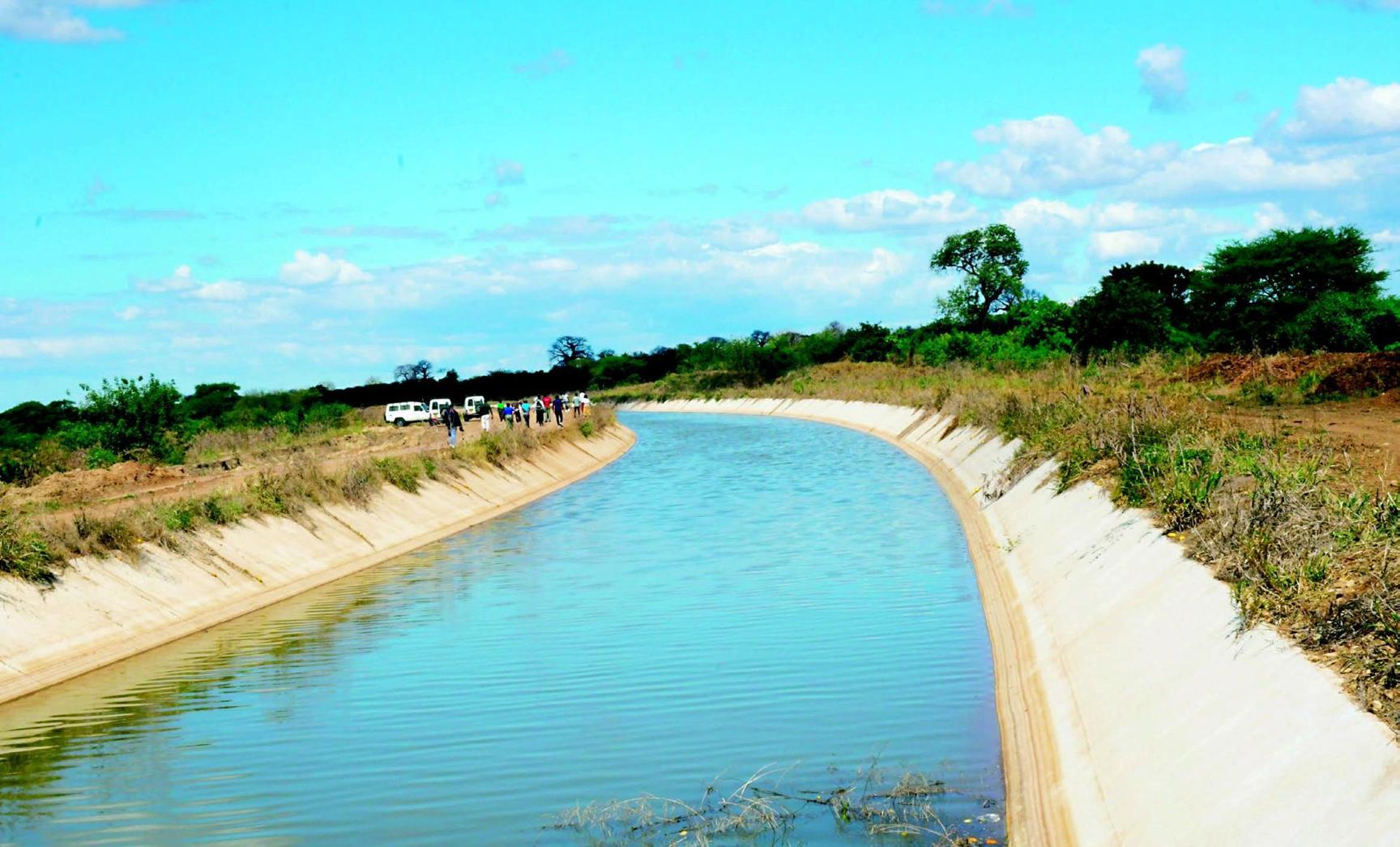Africa-Press – Malawi. A wave of optimism is sweeping across the Shire Valley as the Shire Valley Transformation Project (SVTP) nears completion, promising to revolutionise agriculture and livelihoods for over 48,000 households in Chikwawa and Nsanje districts.
The irrigation initiative, which aims to irrigate 43,370 hectares of land, is expected to improve food and income security, boost agricultural productivity and enhance resilience to climate change.
But beyond the economic gains, experts are now turning attention to potential health risks associated with increased water availability.
A study under the Shire Valley Vector Control Project (Shire-Vec) has highlighted the importance of integrating public health measures into irrigation development to prevent a rise in vector-borne diseases such as malaria and bilharzia.
Senior Researcher for Shire- Vec Themba Mzilahowa said the study aims to understand the impact of the project on diseases such as malaria and bilharzia and makes recommendations that would foster collaboration among policymakers, community members and health departments.
“We assume that with the abundance of water, there may also be an increase in vectors, especially mosquitoes and snails. Early findings show that bilharzia is more prevalent, particularly among school-aged children,” he said.
The preliminary research findings, led by the African Institute for Development Policy (Afidep) in collaboration with Kamuzu University of Health Sciences (Kuhes), Liverpool School of Tropical Medicine (LSTM) and the Malawi Liverpool-Wellcome Programme (MLW), indicates that stagnant water and poorly maintained canals could contribute to the spread of diseases.
“In Mangulenje Primary School, for instance, eight out of 10 children have been found with bilharzia,” Mzilahowa said.
“If no interventions are taken, the irrigation project risks creating disease hotspots,” Mzilahowa added.
KAUNDA—We are determined to make it a lifechanging initiativeSVTP Communications Officer Alice Kaunda acknowledged the concerns but assured the public that safety measures were being implemented.
“We are working with the Chikwawa District Health Office and other partners to ensure surrounding communities are protected.
“Environmental and Social Management Plans (ESMPs) have been developed for every canal component and we are equipping nearby health facilities to respond,” Kaunda said.
She added that although there were delays due to rock blasting near Kapichira Dam, the project remains committed to delivering lasting impact.
“This project was envisioned in the 1970s and we are determined to make it a life-changing initiative, without compromising public health,” she said.
Local leaders have welcomed the development while urging for stronger healthcare systems.
Group Village Headman Fombe of Traditional Authority Kasisi said the project offers a fresh start for his people.
“This will change lives but we urge the government to strengthen health services in our area,” he said.
MATCHAYA—The canal is good but we need clinics nearbyMatchaya from Mphamba Village, Traditional Authority Lundu, shared her personal experience.
“My family once suffered from both malaria and bilharzia. Health facilities are far, such that getting treatment is a challenge. The canal is good but we need clinics nearby,” she said.
As Malawi pushes toward eliminating malaria by 2030, researchers stress that irrigation must go hand-in-hand with robust health safeguards to ensure the promise of hope does not come at the cost of well-being.
For More News And Analysis About Malawi Follow Africa-Press






